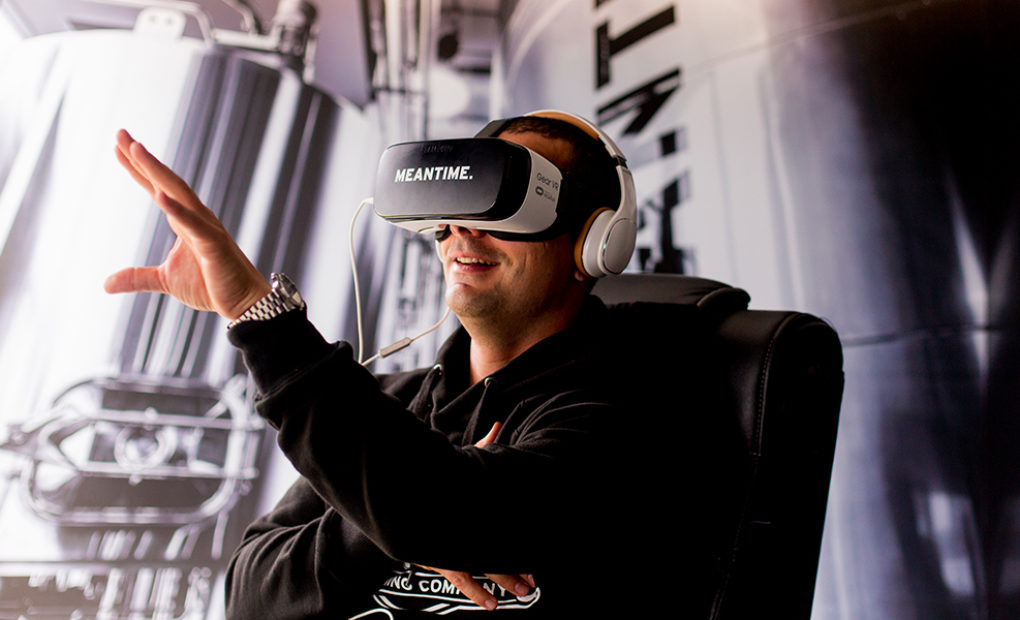
Opinion – 360 video is a Gateway to the Future, not a Fad

“This ‘telephone’ has too many shortcomings to be seriously considered as a means of communication. The device is inherently of no value to us.” — Western Union internal memo, 1876.
Often new mediums are misunderstood. Primarily, I think that misunderstanding comes from a short-sightedness of the potential of what a technology could be. In other words, people don’t believe in new mediums because they judge their future potential on what they’re capable of today while ignoring what they could be very soon.
Consumers of early virtual reality (VR) were slammed with the cost of playing these intensely complex control systems of which they were not previously accustomed to. Ranging from $3 — $5 to play a single session in a virtual reality pod with an experience lasting around three minutes, the consumer did not see the value of the experience they were receiving and very quickly lost interest. VR failed, but that didn’t mean it wasn’t valid as a medium. It was judged on what it was capable of at the time.
360 and the Second Wave of VR?
Fast-forward to 2016 and that little known Oculus Rift Kickstarter project in 2012, we now have a range of affordable headsets and growing industry of content creators that showcases the exciting capabilities of VR. With the launch of new headsets, ranging from $99 for the Samsung Gear VR to $799 for the HTC Vive, VR headsets are becoming more accessible for the everyday consumer (and gamer) and are helping to move this medium into the spotlight.
360 video production and content has undoubtedly been the enabler for this to happen, and we’re seeing more companies and brands use this form of video to engage with their customers across all channels.
The incredible pace of innovation in the mobile industry has not only reduced the cost of the development of VR, it’s transformed the VR industry by taking it from an exclusive, experience to a personal, accessible and much cheaper medium. This is largely due to the headset production which, working with a mobile phone, allows viewers to watch content on visual screens bigger than a cinema with no lag.
VR — the Future of Consumer Engagement?
This collaboration between tech and device has allowed brands to push the boundaries that they couldn’t imagine when VR was in the early stages of development. The unveiling of new technologies at Mobile World Congress 2016, highlights that brands are future-proofing their offering and showcasing that VR will change the way they engage with their customers in the next few years. It’s therefore at a brand’s detriment to ignore this mass-market mobile marketing.
However, we’re often asked if VR still has a certain ‘exclusivity’ by only allowing those with headsets to watch content. Perhaps that would be true if 360 video production wasn’t becoming more popular, however the huge increase in brands creating 360 video content means that this experience remains inclusive and innovative. 360 video gives viewers the ability to watch a film, not from the seat of a cinema, but from within the scene itself.
360 video has become a gateway to what we understand as immersive experiences, something which the film, music and games industries have aimed to achieve since they were created. This immersion has transformed industries that reach far further than entertainment. Travel, for example, is an industry that utilises people’s imaginations to sell holidays. Being able to explore a destination through 360 video fuels this inspiration, and immerses customers in a far more engaging way than if they were merely looking at some still photos in a brochure.
Cross-Platform Engagement
South African Tourism is a great example of a brand engaging with its audience across more than one platform. They’ve recently turned their 5 Minute Holiday, an immersive 360 video, into a series of shorter 360 videos for their Facebook page. In just a few days they have amassed hundreds of thousands of views with glowing comments from followers as they experience a series of activities in an entirely different way.
YouTube and Facebook enabling 360 videos in their players highlights that 360 is here to stay. Every day, dozens of new, immersive experiences are being uploaded to their platforms, allowing consumers to view content via an app (YouTube) with a Google Cardboard viewer, on desktop or simply moving your device around you, known as magic window.
This has given the market a number of platforms to engage in 360 content and with consumer headsets on pre-order (Oculus and HTC Vive) and soon to be readily available, the idea of ‘Look before you buy’ experiences will open whole new areas of content and opportunities for business growth.

Comments